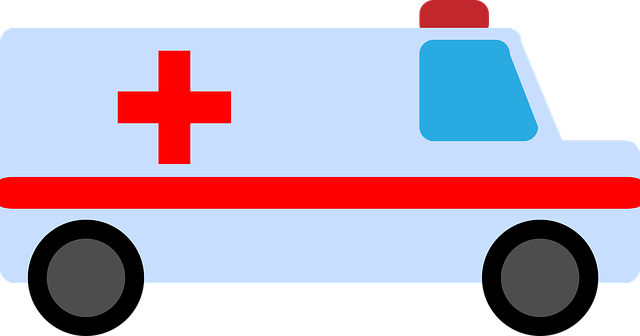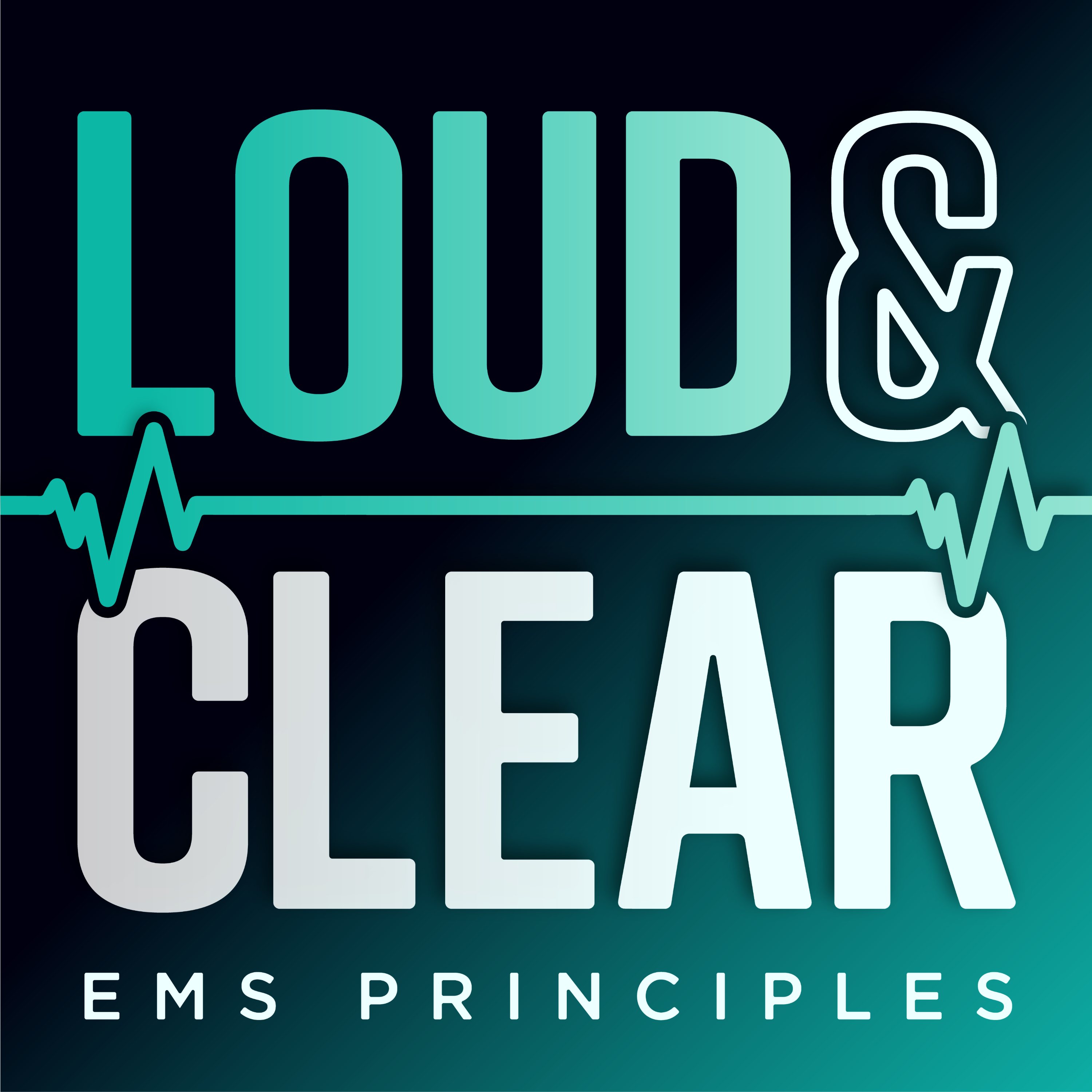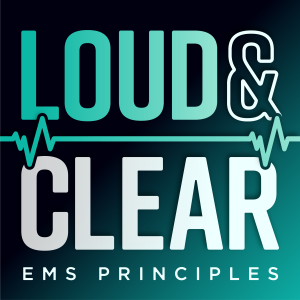

116K
Downloads
100
Episodes
Paramedic training is over, you’re in the front seat now. Whether day 1 or day 1,000 you can’t shake the fear you’re underprepared. You were taught to systematically decide if A... do B. But what if “A” wasn’t in the book? The truth is each emergency call is too unique to teach the right response to every situation. We need to go beyond algorithmic thinking and understand deeper principles, the WHY behind the algorithm. When every decision counts you want to rely on a framework that will guide you when things don’t make sense. Loud & Clear: EMS Guiding Principles is your resource to build that framework. Through discussions with experts, review of evidence-based best practices, and real-world case studies we teach you one step past what you learned in paramedic school. But all of this advanced education is connected back to the guiding principles that answer the question- “at the end of the day, what actually matters to the patient I have in front of me?” Our mission is to elevate your practice and help you improve patient outcomes in every emergency situation. You may not feel ready, you may not feel like you know enough, but by understanding the guiding principles of emergency medicine you can become an expert EMS clinician. Because what you do matters. Loud & Clear: EMS Guiding Principles is an EMS Cast LLC production
Episodes

Tuesday Nov 02, 2021
Don't Miss Carbon Monoxide Poisoning
Tuesday Nov 02, 2021
Tuesday Nov 02, 2021
Paramedic Will Berry sits down with toxicologist John Rague to talk about all things carbon monoxide including why snorkels aren't helpful.

Thursday Sep 30, 2021
Your Run Report Matters More Than You Think
Thursday Sep 30, 2021
Thursday Sep 30, 2021
Ben Fisher, paramedic and NEMSIS guru, joins us to talk about what NEMSIS is and it's importance to the career field.

Tuesday Aug 31, 2021
When the provider becomes the patient
Tuesday Aug 31, 2021
Tuesday Aug 31, 2021
Glen Andrews has 28 years of experience in medicine but on July 21st, he had to put all of his experience behind and surrender his fate to the care of others. Join us to hear how this event changed him and the insights he has gained from now being on both sides of the gurney.

Monday Jul 26, 2021
Monday Jul 26, 2021
Lance Ray joins us to emphasize the importance of correct seizure treatment.

Sunday May 30, 2021
Dirty Epi drip - We Don't Call it Dirty For Nothin'
Sunday May 30, 2021
Sunday May 30, 2021
We sit down with pharmacist Lance Ray about dirty epi drips. These are probably our best prehospital option but they aren't silver bullets and they come with downsides. In other words, "we don't call em dirty for nothin."

Friday Apr 30, 2021
Digoxin Toxicity and Other Cardiac Glycosides with Dr. Rague
Friday Apr 30, 2021
Friday Apr 30, 2021
Emergency Physician and Toxicology Fellow John Rague joins us to discuss the presentation and management of digoxin toxicity in addition to other cardiac glycosides. Digoxin is not as commonly prescribed anymore thus our teaching on this topic has become less common. But digoxin and other cardiac glycosides are still available and used today so it's still important to understand the recognition and treatment of this toxicity.

Thursday Apr 01, 2021
MCI - Don't Be Unprepared for the Unexpected
Thursday Apr 01, 2021
Thursday Apr 01, 2021
A deep dive on MCI with Will Berry. You have to practice.

Sunday Feb 28, 2021
Sunday Feb 28, 2021
Toxicology fellow extraordinaire Alexa Camarena-Michel, MD joins us again to talk about one of sickest overdose patients you may see. Calcium channel blocker and beta blocker overdose patients can be really sick and are often refractory to our standard therapies. Learn how to better manage these patients.

Saturday Jan 30, 2021
Stuck Outside- Hypothermia with Dr. Martin Musi
Saturday Jan 30, 2021
Saturday Jan 30, 2021
A longer one than usual. We take a deep dive into hypothermia with wilderness medicine physician and expert Martin Musi.

Thursday Dec 31, 2020
Simple Approach to Caustic Ingestions
Thursday Dec 31, 2020
Thursday Dec 31, 2020
Alexa Camarena-Michel teaches us a simple approach to caustic ingestions and more.